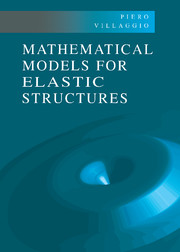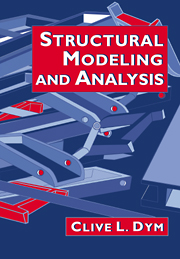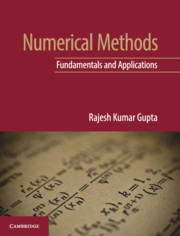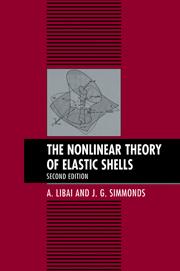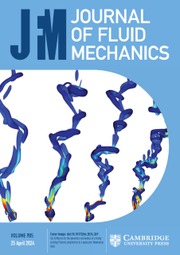Mathematical Models for Elastic Structures
Elastic structures, conceived as slender bodies able to transmit loads, have been studied by scientists and engineers for centuries. By the seventeenth century several useful theories of elastic structures had emerged, with applications to civil and mechanical engineering problems. In recent years improved mathematical tools have extended applications into new areas such as geomechanics and biomechanics. This book, first published in 1998, offers a critically filtered collection of the most significant theories dealing with elastic slender bodies. It includes mathematical models involving elastic structures, which are used to solve practical problems with particular emphasis on nonlinear problems. This collection of interesting and important problems in elastic structures will appeal to a broad range of scientists, engineers and graduate students working in the area of structural mechanics.
- Presents a collection of interesting and important elasticity problems not readily available in a single source
- Applies elasticity theory to the solution of practical engineering problems
- Provides historical context for many problems
Reviews & endorsements
"One can classify this book as one with a complete coverage of existing models of elastic structures...It definitely is a valuable reference book for researchers in the field of structural mechanics..." Applied Mechanics Reviews
"The general opinion of this reviewer is that Villaggio's book is valuable and that it will constitute an important reference in the years to come." SIAM Review
Product details
October 1997Hardback
9780521573245
694 pages
254 × 178 × 37 mm
1.41kg
121 b/w illus.
Available
Table of Contents
- Preface
- Introduction
- 1. Basic concept
- 2. Rod theories: three-dimensional approach
- 3. Rod theories: director approach
- 4. Theories of cables
- 5. Theories of membranes
- 6. Theories of plates
- 7. Theories of shells.

